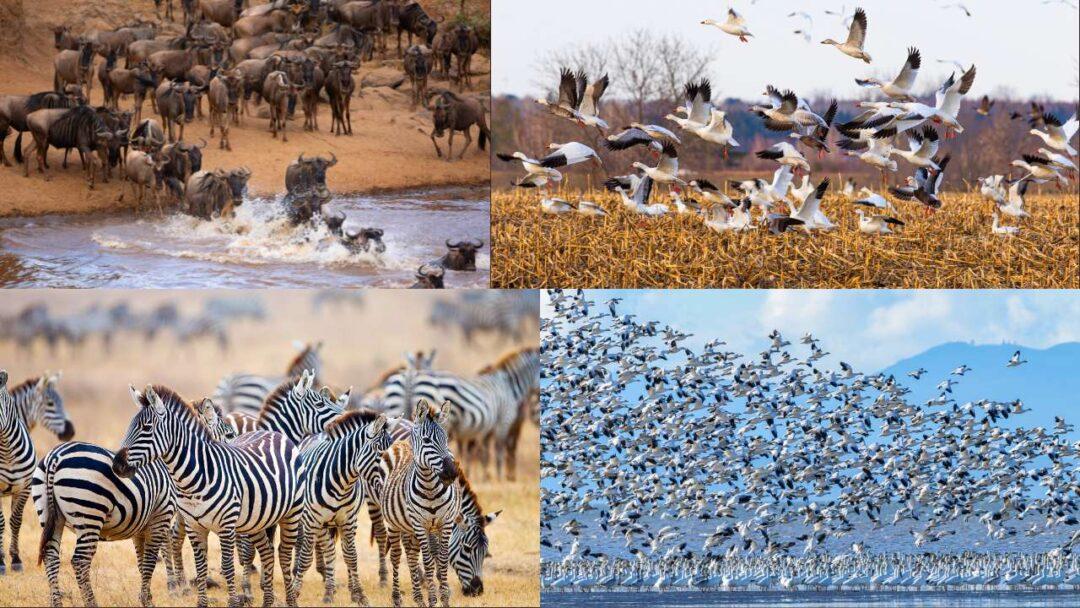Table of Contents

Introduction
Discover the Unique Flora and Fauna of Tropical Rainforests. Tropical rainforests are magnificent ecosystems teeming with a diverse range of plant and animal life. Although these lush, green havens cover only a small portion of the Earth’s surface, they are home to more than half of the world’s species. In this article, we’ll take a look at the unique flora and fauna that thrive in these vibrant habitats.
I. The Biodiversity Hotspots of Rainforests
- The Tropical Rainforest Belt: Learn about the geographical distribution of tropical rainforests across the globe, including regions like the Amazon Basin, the Congo Basin, Southeast Asia, and the Daintree Rainforest in Australia.
- Biodiversity Marvels: Explore the astonishing numbers behind rainforest biodiversity, with estimates suggesting that a single hectare of rainforest may contain more than 750 tree species and thousands of animal species.
II. Exquisite Flora of Rainforests
- Canopy Giants: Discover towering trees like the Brazil nut, kapok, and giant sequoias that reach staggering heights in their quest for sunlight. Learn about their unique adaptations, such as buttress roots and emergent crowns.
- Epiphytes and Orchids: Unveil the enchanting world of epiphytic plants, including orchids, bromeliads, and ferns, which cling to the branches of trees, utilizing them as a platform for growth.
III. Diverse Fauna of Rainforests
- Colorful Avian Paradise: Encounter the vibrant plumage of birds like toucans, macaws, and hummingbirds, which play vital roles in pollination and seed dispersal.
- Mammalian Marvels: Meet intriguing mammals such as jaguars, sloths, and orangutans, and learn about their unique adaptations for survival in the dense rainforest environment.
- Creepy Crawlers: Explore the world of fascinating insects and arachnids, from dazzling butterflies and leaf-cutter ants to fearsome spiders and scorpions.
IV. The Importance of Rainforests for the Environment
- Oxygen Production: Discover how rainforests are often referred to as the “lungs of the Earth,” producing a significant amount of the world’s oxygen through photosynthesis.
- Carbon Sequestration: Understand the crucial role rainforests play in mitigating climate change by absorbing and storing vast amounts of carbon dioxide, a greenhouse gas.
- Water Regulation: Learn about the rainforest’s role in maintaining hydrological cycles, regulating rainfall patterns, and preventing soil erosion.
V. Rainforests in the Earth’s Ecosystem
- Species Interdependence: Explore the intricate web of interactions between different organisms within rainforest ecosystems, including mutualistic relationships and intricate food chains.
- Medicinal Discoveries: Highlight the immense potential rainforests hold for discovering new medicines, as many plant species possess unique chemical compounds with therapeutic properties.
What is a tropical rainforest?
A tropical rainforest is a dense forest that receives a lot of rain and humidity. It is home to a huge variety of plant and animal species.
Why are tropical rainforests considered important?
Tropical rainforests are critical to the preservation of global biodiversity. They are known as the “lungs of the Earth” because of their important role in producing oxygen and regulating the climate.
Where can I find tropical rainforests?
Tropical rainforests are primarily found near the equator in areas such as South America’s Amazon Basin, Central Africa’s Congo Basin, and Southeast Asia.
How diverse is the flora and fauna in tropical rainforests?
Tropical rainforests are among the world’s most biodiverse ecosystems. They are home to an incredible variety of plant species, including towering trees, orchids, and ferns, as well as a diverse array of animal species, including colorful birds, primates, reptiles, and insects.
What adaptations do plants in tropical rainforests have?
Plants in tropical rainforests have a variety of adaptations that allow them to thrive in their environment. Some have large leaves that capture sunlight, while others have specialized roots that absorb nutrients from nutrient-depleted soil.
What are some iconic animal species found in tropical rainforests?
Iconic animal species found in tropical rainforests include jaguars, toucans, macaws, sloths, orangutans, and tree frogs.
Are there any endangered species in tropical rainforests?
Yes, tropical rainforests are home to numerous endangered species, such as the Sumatran orangutan, Borneo pygmy elephant, and Sumatran Tiger. Deforestation and habitat loss pose significant threats to their survival.
How can I explore tropical rainforests responsibly?
When visiting tropical rainforests, it is critical to practice sustainable tourism. Staying on designated trails, not disturbing wildlife, and supporting local conservation efforts are all part of this.
What are the main threats to tropical rainforests?
Deforestation, primarily driven by activities like logging, agriculture, and mining, is the most significant threat to tropical rainforests. Climate change and illegal wildlife trade are also contributing factors.
How can I contribute to tropical rainforest conservation?
Donating to reputable organizations, reducing your carbon footprint, advocating for sustainable practices, and raising awareness about the importance of rainforest protection are all ways to help tropical rainforest conservation.
Conclusion
Tropical rainforests are veritable biodiversity treasure troves, with an astounding array of flora and fauna that captivate and inspire. They are, however, severely threatened by deforestation, climate change, and habitat destruction. It is critical to preserve these extraordinary ecosystems not only for their intrinsic value, but also for the health of our planet and future generations.
The Magic of Migration: Incredible Journeys of Animals : NEXT POST




